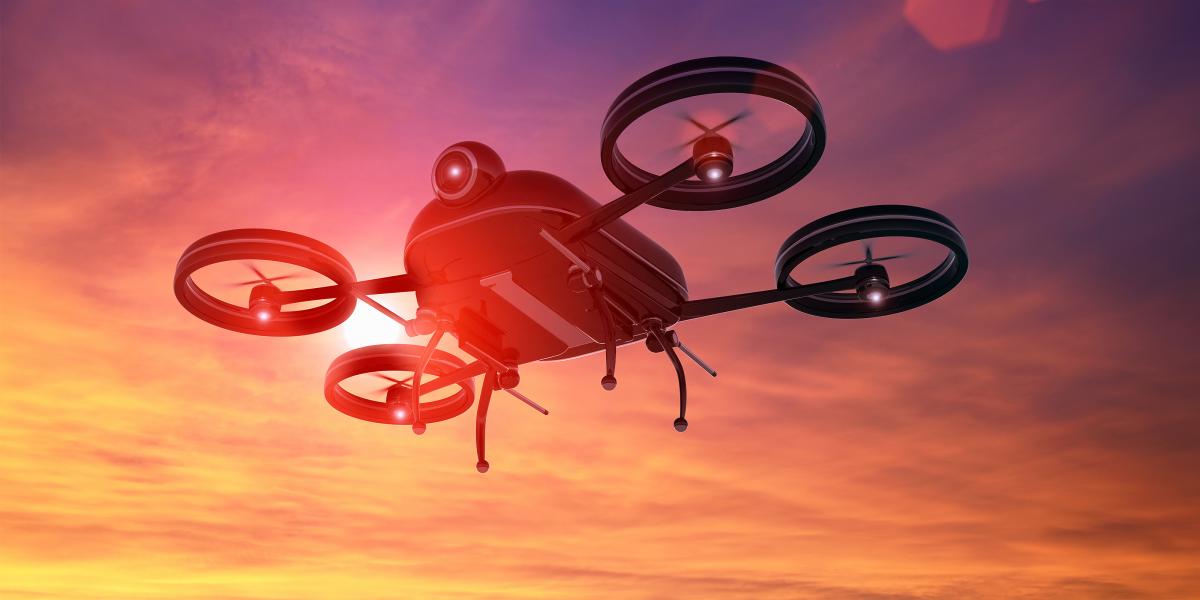Let It Fly
Drones can economically deliver vaccines to hard-to-reach places.
Vaccines have come a long way scientifically, technologically and economically. But in one crucial aspect—distribution—they are still lagging behind.
“Many existing vaccine supply chains in low- and middle-income countries were established in the late 1970s and ’80s and have since remained relatively unchanged even though populations, diseases, and vaccines have changed substantially,” says Bruce Y. Lee, MD, MBA, director of operations research at the International Vaccine Access Center at the Bloomberg School.
It’s long been a challenge to distribute vaccines over great distances in treacherous conditions. Now, thanks to technological improvements, unmanned drones have been floated as a possible solution. But is this strategy cost-effective?
To find out, Lee and his team used their HERMES computer simulation model to compare the delivery of vaccines through traditional land-based transportation (a combination of trucks, motorbikes and public transit) to that of unmanned drones. The researchers factored in road conditions, availability of refrigeration, weight, space, weather and other conditions in the simulations.
They found that using drones increased vaccine availability, potentially reaching 96 percent of the targeted population, versus 94 percent for land-based transportation.
Drones also delivered a savings of 8 cents per vaccination, translating into a 20 percent cost savings overall.
Lee and the HERMES team pub- lished their findings in Vaccine in June 2016. Next, Lee says, drone manufacturers are conducting larger-scale pilot studies with different countries and conditions. These studies will evaluate drones’ abilities to meet the guidelines laid out by the HERMES model and to provide additional data to update the simulation model.
The potential impact drones can have on vaccination rates is significant, says Lee, an associate professor in International Health. “They could be particularly valuable when there is more demand for certain vaccines than anticipated and immunization locations must place urgent orders.”
